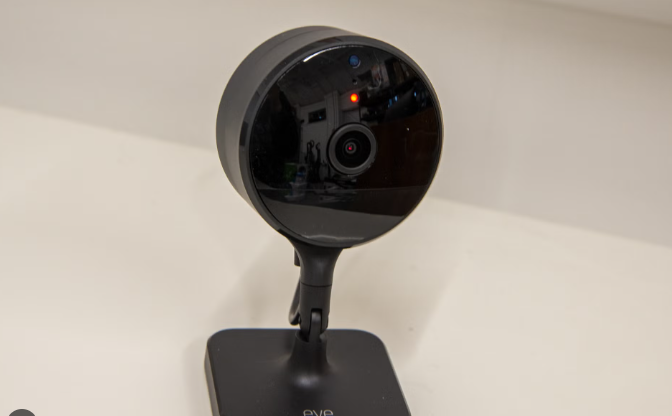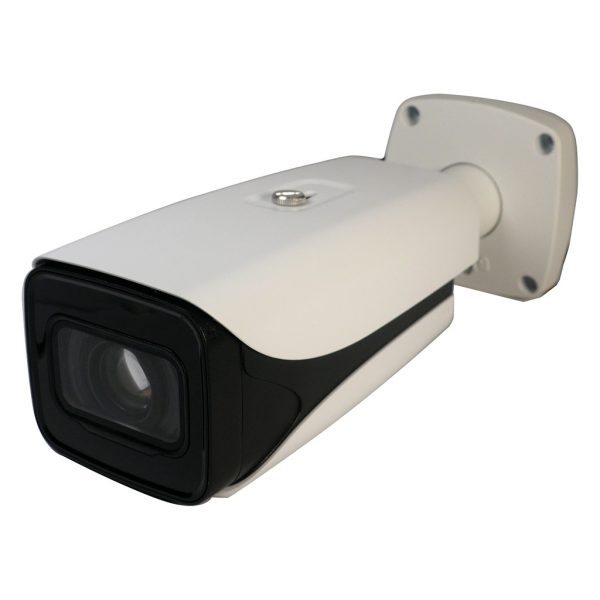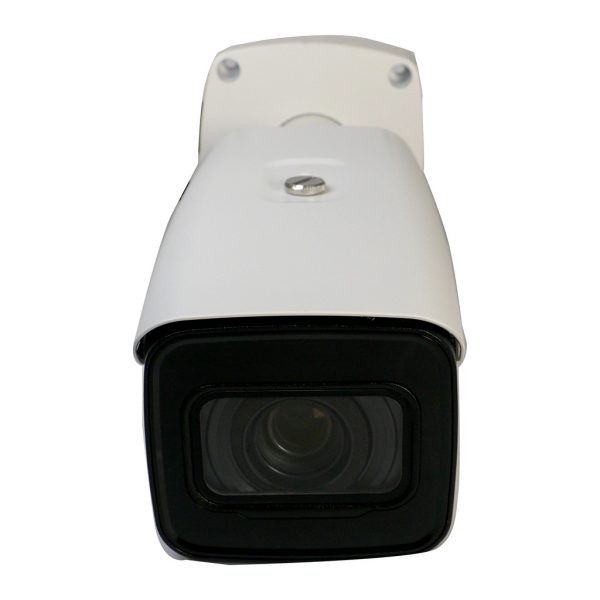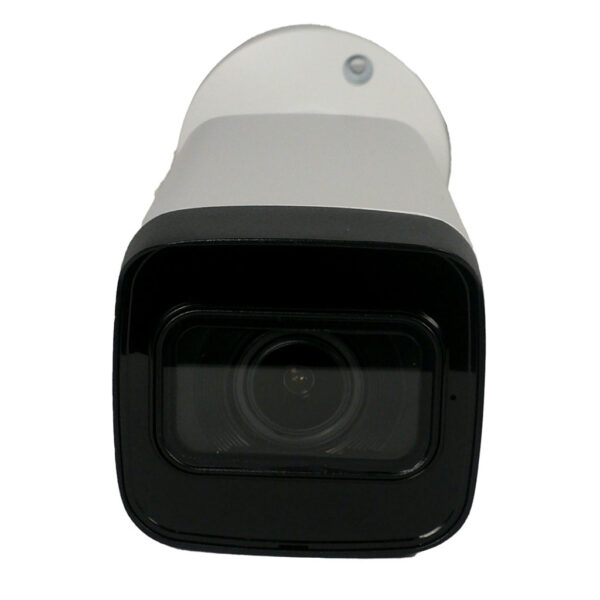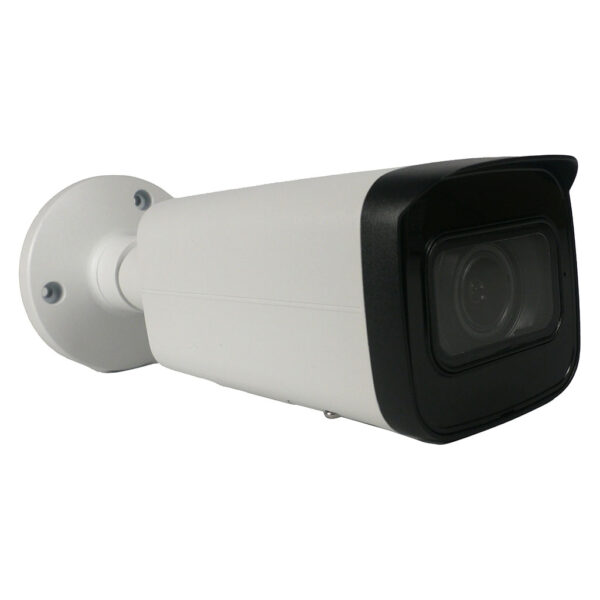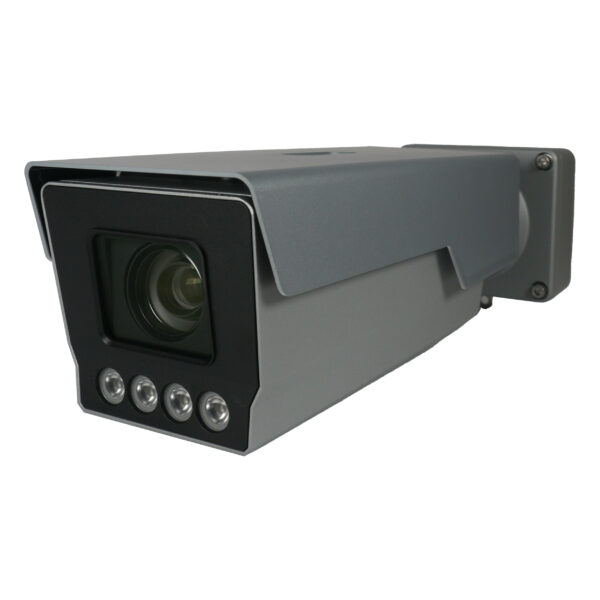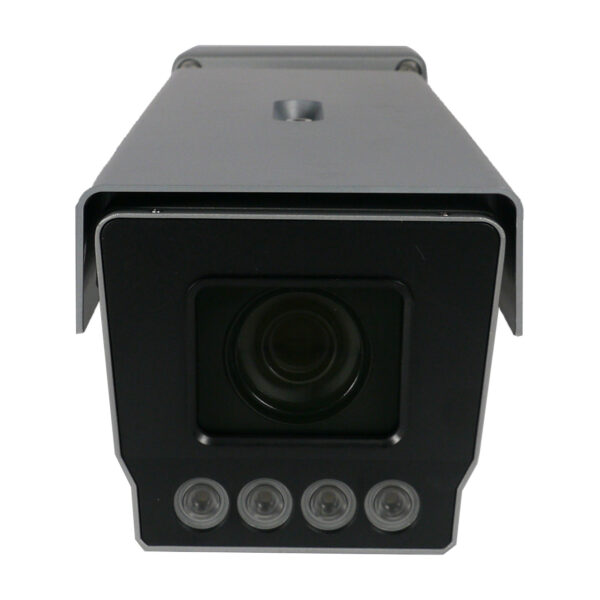Yes, IP cameras can record to a Digital Video Recorder (DVR), but this requires specific configurations and equipment due to the differing technologies between IP cameras and traditional analog DVR systems. Here’s a comprehensive guide to help you understand how IP cameras can be integrated with DVRs for recording purposes.
Understanding the Basics
IP Cameras:
- Digital Video: IP (Internet Protocol) cameras capture and transmit video data digitally over a network (LAN or Internet).
- Network-Based: They connect using Ethernet cables and communicate via network protocols.
- High Resolution: Typically offer higher resolution and advanced features compared to analog cameras.
DVR (Digital Video Recorder):
- Analog Input: Traditional DVRs are designed to record video from analog cameras using coaxial cables.
- Limited Compatibility: Standard DVRs do not natively support IP cameras because they lack network ports and protocols to handle digital video streams.
Ways to Connect IP Cameras to a DVR
- Hybrid DVR:
- Overview: A hybrid DVR can handle both analog and IP camera inputs. It has both coaxial inputs for analog cameras and Ethernet ports for IP cameras.
- Compatibility: Ensure the hybrid DVR supports the specific IP cameras you intend to use. Check the DVR’s specifications for supported camera models and resolutions.
- Using an Encoder:
- Overview: A video encoder (or video server) can convert the digital signal from an IP camera into an analog signal compatible with a standard DVR.
- Setup: Connect the IP camera to the encoder via Ethernet. The encoder then outputs an analog signal to the DVR via coaxial cable.
- Benefits: This allows the use of existing DVR infrastructure while upgrading to IP cameras.
- Network Video Recorder (NVR):
- Overview: An NVR is designed specifically for IP cameras and records video directly over the network.
- Hybrid Solutions: Some NVRs can work in conjunction with DVRs to create a comprehensive surveillance system that supports both analog and IP cameras.
Step-by-Step Guide to Connecting IP Cameras to a DVR
Using a Hybrid DVR:
- Choose the Right Hybrid DVR:
- Check Compatibility: Ensure the hybrid DVR supports the IP cameras you plan to use.
- Ethernet Ports: Confirm the DVR has enough Ethernet ports for your IP cameras.
- Connect IP Cameras to the DVR:
- Network Connection: Connect the IP cameras to the hybrid DVR using Ethernet cables.
- Power Supply: Ensure the IP cameras are powered, either through Power over Ethernet (PoE) or separate power adapters.
- Configure the IP Cameras:
- Access the DVR’s Interface: Log into the hybrid DVR’s interface via a web browser or DVR software.
- Add IP Cameras: Navigate to the network settings and add the IP cameras by entering their IP addresses. Ensure the DVR detects and displays the camera feeds.
- Set Up Recording:
- Storage Configuration: Configure the recording settings, such as resolution, frame rate, and storage location.
- Recording Schedule: Set up a recording schedule based on your surveillance needs (continuous, motion-triggered, or scheduled recording).
Using an Encoder with a Standard DVR:
- Connect IP Cameras to the Encoder:
- Ethernet Connection: Connect the IP camera to the video encoder via an Ethernet cable.
- Power Supply: Ensure the IP camera is powered.
- Connect Encoder to DVR:
- Analog Output: Connect the encoder’s analog output to the DVR using a coaxial cable.
- Configure the Encoder:
- Access Encoder Settings: Log into the encoder’s interface to configure network settings and ensure it correctly converts the IP camera’s digital signal to analog.
- Set Up DVR:
- Input Configuration: Configure the DVR to recognize the analog signal from the encoder.
- Recording Settings: Set the desired recording parameters on the DVR.
Benefits and Considerations
Benefits:
- Enhanced Capabilities: Integrating IP cameras with DVRs allows for the use of high-resolution cameras without completely overhauling the existing analog infrastructure.
- Cost-Effective: Using hybrid solutions or encoders can be more cost-effective than replacing all existing equipment.
Considerations:
- Compatibility: Ensure all devices (DVR, encoder, IP cameras) are compatible.
- Network Requirements: Adequate network infrastructure is necessary to handle the increased data load from IP cameras.
- Storage Capacity: High-resolution video requires more storage space. Plan accordingly to ensure sufficient storage capacity.
Related Products
ELITE 2MP IP Motorized Lens Long Range Bullet W/External Mic Audio & EPoE
Specifications
- Lens: 5~60mm Motorized Lens
- Max Resolution: 2MP
- IR Distance: 656 FT
- Impact Protection: IK10
- Audio: Audio Capable With External Mic
- SD Card Compatible: Yes
- Perimeter Protection: Yes
- Object Detection: Yes
- Face Detection: Yes
- Face Recognition: No
- Smart Motion Detection: No
- LPR: No
ELITE 4MP IP Motorized Varifocal Bullet W/built Mic & SD Card Slot
Specifications
- Lens: 2.7 mm–13.5 mm Motorized Varifocal Lens
- Max Resolution: 4MP
- IR Distance: 196 feet
- Audio: Built In Mic
- SD Card Compatible: Yes
- Perimeter Protection: Yes
- Object Detection: No
- Face Detection: No
- Face Recognition: No
- Smart Motion Detection: Yes
- LPR: No
Frequently Asked Questions (FAQ)
- Can any IP camera be connected to a DVR?
- Only if the DVR is a hybrid model or if an encoder is used to convert the digital signal to an analog signal compatible with the DVR.
- What is the advantage of using a hybrid DVR?
- A hybrid DVR allows the integration of both analog and IP cameras, providing flexibility and future-proofing your surveillance system.
- Will using an encoder affect video quality?
- There may be some loss in quality due to signal conversion, but high-quality encoders can minimize this effect.
- Is there a limit to the number of IP cameras a hybrid DVR can support?
- Yes, the number of supported IP cameras depends on the specifications of the hybrid DVR. Always check the DVR’s maximum camera capacity.
- Can I access IP camera footage remotely if recorded on a DVR?
- Yes, many DVRs offer remote access features that allow you to view footage from IP cameras via a mobile app or web browser.

